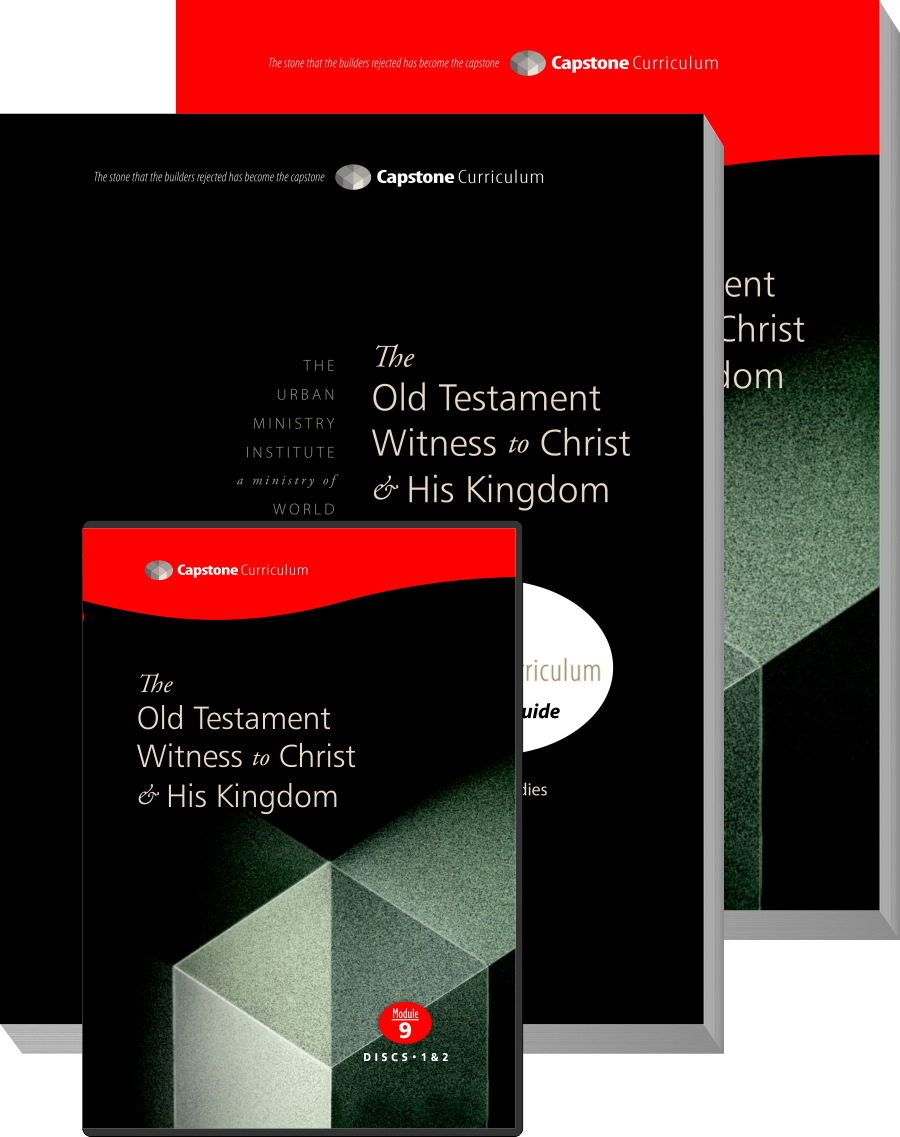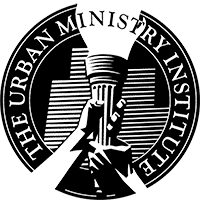 Module 9: Old Testament Witness to Christ & His Kingdom
Module 9: Old Testament Witness to Christ & His Kingdom
The Spirit-breathed Scriptures are anchored on the witness of Jesus of Nazareth. He and he alone provides unity, continuity, and coherence to both the Old and New Testaments, and no one can claim a holistic or accurate view of the Bible without him being central in all phases of exegesis. He is the Bible’s theme (John 5.39-40). In this module we trace some of the significant markers of the OT’s witness to Messiah, and see how those markers provide us with a strong handle on the meaning of the entirety of Scripture.
In the lessons included in this volume we examine the relationship of the Old Testament to the New Testament through the idea of progressive revelation, as well as consider how the events, institutions, and persons of the OT represent an analogy where we can understand the larger relationship of God with all of the redeemed through Jesus Christ. Specifically, we will study key character types in the OT with Jesus’ roles as a prophet (Moses), priest (Melchizedek), and king (David). Finally, we consider the nature and scope of OT Messianic prophecy as it relates to providing us with a clear witness to Jesus of Nazareth as the fulfillment of the promised Christ and his coming Kingdom.
Course Details
Lesson 1: The Promise Given
Lesson 2: The Promise Clarified
Lesson 3: The Promise Personalized
Lesson 4: The Promise Universalized
Module Description
Old Testament Witness to Christ and His Kingdom
The Spirit-breathed Scripture is anchored on the witness of Jesus of Nazareth. He and he alone provides unity, continuity, and coherence to both the Old and New Testaments, and no one can claim a holistic or accurate view of the Bible without him being central in all phases of exegesis. He is the Bible’s theme (John 5.39-40). In this module we trace some of the significant markers of the OT’s witness to Messiah, and see how those markers provide us with a strong handle on the meaning of the entirety of Scripture.
In our first lesson, The Promise Given, we will examine the relationship of the Old Testament to the New Testament through the idea of progressive revelation. We will look at the complimentary connections which exist in the OT and NT as they relate to the person of Christ and his Kingdom, and consider the unique motif of promise and fulfillment, and how this integrates and makes one the teaching of Scripture on the person of Jesus Christ. This unity of truth is seen in God’s marvelous promise to send a redeemer to humanity through whom God’s enemy would be destroyed, and humankind would be redeemed. In the protoevangelium (i.e., the first telling of the Gospel in Genesis 3.15), through the covenant promise of Abraham and its extensions we see how the Messianic hope is the unifying principle of the OT and the joyous fulfillment of the New, all finding their climax in the person of Jesus Christ. He is both the seed of the woman and the seed of Abraham.
In lesson two, The Promise Clarified, we explore the biblical typology that reveals how the experience of Israel, the descendants of Abraham and the people of God, represent an analogy where we can understand the larger relationship of God with all of the redeemed through Jesus Christ. We will look at the roles of types and analogies in our study of Scripture, and explore four distinct moments within Israel’s history which can help us understand the OT essentially as a witness to Christ and his kingdom reign (i.e., the Exodus, the conquest of Canaan, the entering into the Promised Land, and the restoration of Israel from the Babylonian Captivity). In this lesson we will also see further how the OT provides witness to Christ in the OT sacrificial system. Jesus of Nazareth is the substance and fulfillment of the Tabernacle, the Levitical Priesthood, the Temple sacrifices, and the feasts and festivals of Israel. In a real way, all of these personages, events, and institutions prefigure the person and work of Jesus Christ as the fulfillment of God’s promise to Abraham.
Lesson three focuses on The Promise Personalized, whose aim is to see how many of the character types in the OT point to and illustrate the ministry of Jesus Christ in the NT. We will explore the types in the OT which point to Jesus’ roles as a prophet, priest, and king, considering Moses as a type of Christ in his prophetic role, Melchizedek as a type of Christ in his priestly order, and David as a type of Christ in his role as King of God’s people. We will also look at several cases of character types which deserve special mention because of their significance in understanding Christ’s role as head of humanity, redeemer of his kinsmen, and warrior in God’s conquest. These characters represent the person of Adam, Joseph, and Joshua. In these figures the promise of God for redemption and restoration are made personal and visible for all to see.
Finally, we will close our module with lesson four, The Promise Universalized. Here we will consider the nature and scope of OT Messianic prophecy as it relates to providing us with a clear OT witness to Christ and his Kingdom. We will provide the rationale of OT Messianic prophecy, and quickly outline the OT Messianic predictions which are repeated in the NT, specifically predictions fulfilled in Jesus Christ concerning his birth, his person and life, his death, his resurrection, and coming glory. We will also consider the significant issue of how God has extended the promise and blessings of Abraham, a promise extended in the apostles’ teaching, to include all peoples. We will also look carefully at the OT predictions about the Messiah in Acts and the Epistles, and a picture will emerge for us–that God Almighty, the true and living God, has not only fulfilled his promise for salvation to Abraham, but he has also included Gentiles in that salvation.
No greater work can be done on earth than becoming a workman or work woman of the Lord in regard to his sacred text: “Do your best to present yourself to God as one approved, a worker who has no need to be ashamed, rightly handling the word of truth” (2 Tim. 2.15). The accurate handling of the text demands a Christo-centric orientation that discovers and cherishes the OT witness to Jesus Christ. My sincere desire is that the Holy Spirit will reveal to you the glory and majesty of the picture of Jesus in the OT text, and that this picture will transform us, even as Paul suggests: “And we all, with unveiled face, beholding the glory of the Lord, are being transformed into the same image from one degree of glory to another. For this comes from the Lord who is the Spirit” (2 Cor. 3.18).
Reading Assignments
Lesson 1: Reading Assignments
By the conclusion of this lesson, you should have read the following:
Wright, Knowing Jesus Through the Old Testament, pp. 1-102
Geisler, To Understand the Bible Look for Jesus, pp. 9-52.
Geisler, A Popular Survey of the Old Testament, pp. 11-127.
Lesson 2: Reading Assignments
By the conclusion of this lesson, you should have read the following:
Wright, Knowing Jesus Through the Old Testament, pp. 103-180
Geisler, To Understand the Bible Look for Jesus, pp. 53-87.
Geisler, A Popular Survey of the Old Testament, pp. 129-223.
Lesson 3: Reading Assignments
By the conclusion of this lesson, you should have read the following:
Wright, Knowing Jesus Through the Old Testament, pp. 181-252
Geisler, To Understand the Bible Look for Jesus, pp. 88-123.
Geisler, A Popular Survey of the Old Testament, pp. 227-299.
 Module 9: Old Testament Witness to Christ & His Kingdom
Module 9: Old Testament Witness to Christ & His Kingdom